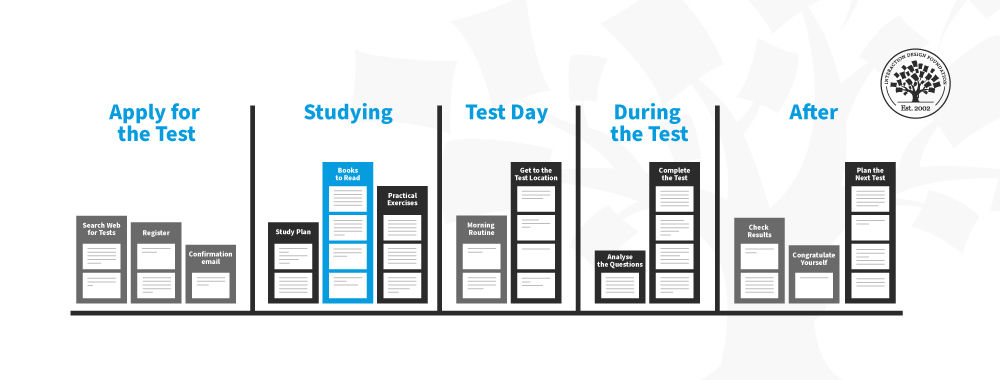Mental models are important in Human-Computer Interaction (HCI) and interaction design because they provide information about how users perceive the world and interact with products or services. Let’s explore this concept more closely.
Mental models indicate what a user expects to happen based on experience; they help us construct expected interactions with reality. One famous example is the "Norman Door": what is the expectation for push or pull? Many “pull doors” are only pushable—the opposite of the label and implied interaction. Likewise, many “push doors” are only pullable.

The reason why Norman Doors are so frustrating is that they break our mental models. We expect doors to work in a certain way based on our past experiences with similar doors, and when they don't, we become confused and frustrated.
© Brent Manke, CC BY-NC 2.0
In most instances, the stored expectation will, to a certain extent, resemble the real-life model or prior UI experience. This is important because users will plan and predict future actions within a system based on their mental models. It's also why consistency is so important in UI design.
Designers often make the mistake of designing based on their own mental models, which can cause a mismatch with the users' mental models. Users may understand differently how a product or service should work, and if the design doesn't match their mental model, it can lead to confusion and frustration.
It is worth noting that a mental model can evolve and may change based on the use of other products, the interaction with other users, and even learning from other sources. The more a user sees the same UI pattern, the more it becomes familiar and expected. This leads to the formation of a mental model that guides their interaction with similar products or services. For example, frequent social media platform users develop a mental model of how social media interfaces work, and they will expect other social media sites to have similar interfaces.
Mixed-Up Mental Models
Jakob Nielsen observes that many users need help to distinguish between the search field on Google and the URL entry field in a browser. This produces inefficient searching habits, such as using Google to search for the name of a well-known website instead of simply entering the name plus ".com" in the URL bar.
To address this issue, some browsers like Google Chrome have implemented features that make it easier for users to navigate to websites directly from the address bar.

Google Chrome has a feature that allows users to enter search queries and URLs into the same bar. Then, Chrome will suggest relevant results based on the user's input.
© Google, Public Domain.
If a designer tries to challenge a user's mental model, they must ensure that the perceived value of their product is high enough for the user to try to adapt to it. Otherwise, users may become frustrated and seek products or services that align with their mental models.
When altering the design to match the user's mental model is impossible, you should take additional steps to help users adapt to new models. Provide instructions, labels, tutorials, and visual cues that support the new model to become embedded in the user's mind.
However, altering the design to match the user's mental model will be the best course of action in most cases. This approach eliminates any need for users to overcome inertia and allows them to interact seamlessly with your product without confusion or frustration. As a result, users are more likely to have a positive experience with your product and may even recommend it to others.

Mental models are subjective and differ between individuals. They are based on a combination of past experiences, assumptions and knowledge.
© Interaction Design Foundation, CC BY-SA 4.0
The Take Away
Mental models provide designers with a shortcut when developing user interfaces. When designers learn the users’ mental models and do not rely on their own internal mental model, they can create an experience that users expect as well as one that’s intuitive and easy to follow. This approach saves time and resources that would otherwise be spent on extensive user training.
When you design interfaces that align with users' mental models, you can improve a product's or service's overall usability. Users who encounter familiar concepts and language within a design are more likely to navigate it seamlessly without confusion or frustration.
But tread with caution when challenging users' mental models: when you introduce new concepts or features that don't align with users' current mental models, they can get frustrated and confused. Therefore, take extra steps to ensure that the transition to a new model is as easy as possible for the user and provide clear instructions, labels, tutorials, and visual cues.
References and Where to Learn More
Read Jakob Nielsen’s paper on Mental Models from the Nielsen Norman Group.
If you're interested in learning about mental models and how they've evolved, be sure to check out this interview with data scientist and author Indi Young.
Read this book by Kenneth Craik, who said, “the mind constructs small-scale models in reality” to anticipate and explain events:
The Nature of Explanation. 1967. Kenneth Craik.
Hero Image: © Interaction Design Foundation, CC BY-SA 4.0











